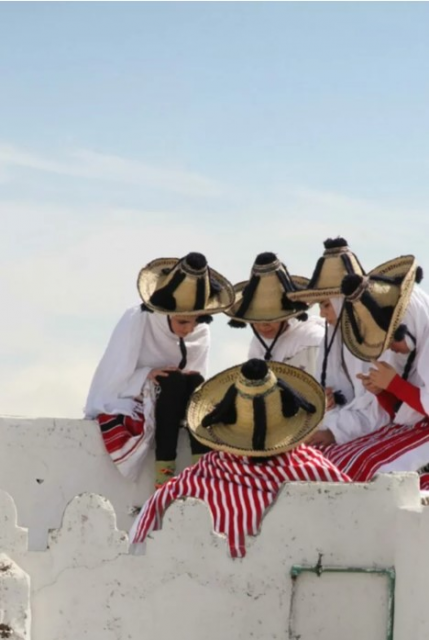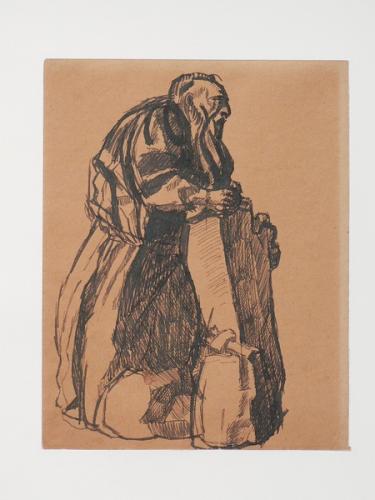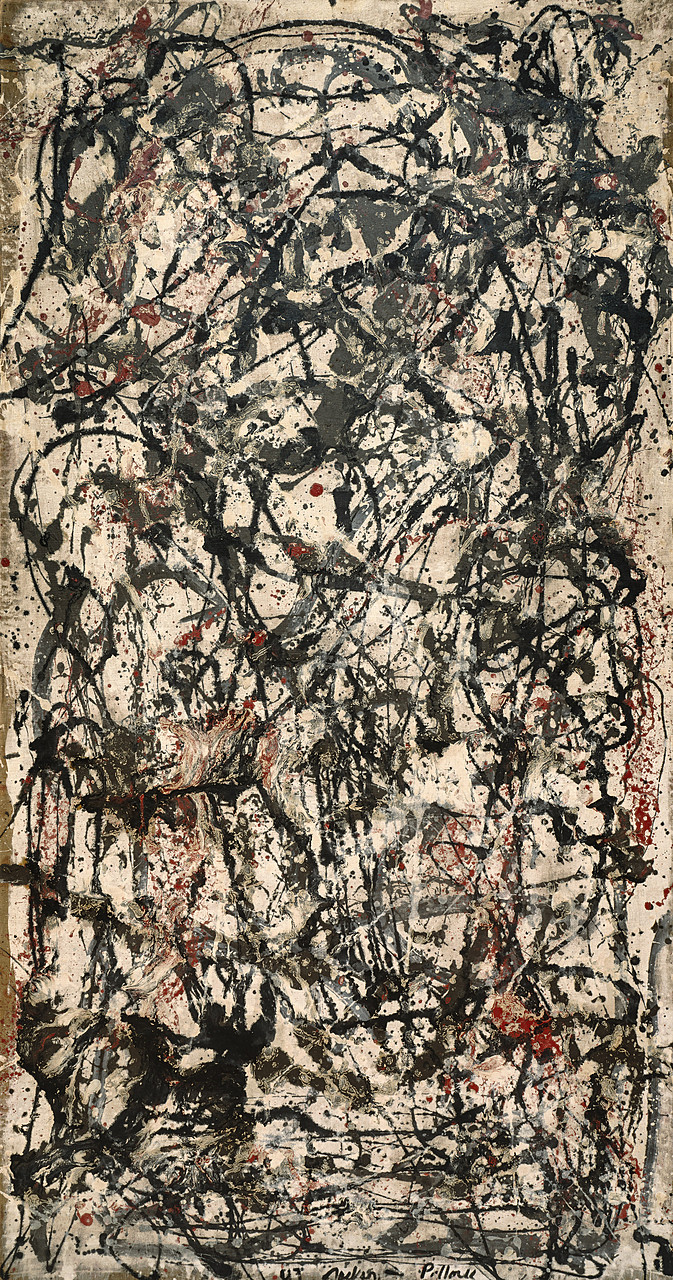
Für Sie gesehen in L’ŒIL – 24. November

Is French photography being frowned upon?
On the occasion of Paris Photo from November 7 to 10 at the Grand Palais
With 100% of exhibited photographers belonging to the French scene between 2015 and 2020, the National Library of France is an exception in France and more particularly in Paris. Because the proportion of French photographers highlighted will have reached only 28.3% at the Jeu de Paume, 38.1% at the Bal and 46% at the Centre Pompidou. The figures are less stingy in the region with 71.9% at the Centre de photographie Île-de-France in Pontault-Combault, 72.5% at the CAP in Niort and 78.9% at the Centre photographique Marseille. Four years later, however, things have hardly changed. Ignored by the institutions best placed to promote and prescribe them, local photographers have little chance of interesting international structures and leading galleries. In the United States, the United Kingdom, as in Germany, local lens artists benefit, on the contrary, from marked support from major institutions. There is no point in looking elsewhere for the reasons for the lack of visibility of national photography in Paris, as in France and abroad.

Illustration: Bertille Bak. Out of Breath
"Usine à divertissement", 2016, HD video triptych 16/9, color, stereo sound, 20min. Courtesy of the artist, Galerie Xippas Paris, Geneva and Punta del Este & The Gallery Apart, Rome
Photography in the bookstore section
On the occasion of Paris Photo from November 7 to 10 at the Grand Palais
How can we help photography reach its audience? Through books, says the Eye! Taking photos in hand as part of a collection gives them, one might say, a higher artistic value than when they are hung on picture rails and only lightly glanced at. Photo books are therefore proliferating today even if there is no real mass demand among the general public. So how can we deal with the explosion in the number of photographers wanting to attract the limelight? By reducing the print run. A photo book is currently produced on average in a number of copies ranging from 500 to 700. The problem is that print runs of around 1,000 to 2,000 copies are needed for the business to be profitable. The solution? Obtain the support of gallery owners, private patrons or the State to be able to hope to reach a point of equilibrium. Participatory solutions via subscription on platforms have favored self-publishing for a few years but they now only work for artists who are already listed. Why is demand insufficient when the public's appeal is nevertheless obvious? Are books too expensive? With an average price of €40, one might think so. But, more than the price itself, it is the lack of need that is at fault. A photo book is rarely perceived as as necessary as a pair of sneakers, l'Œil rightly points out. We look at it with pleasure but from there to acquire it... Is photography the victim of Kleenex consumption? We contemplate it and then move on too quickly to something else. It is often poorly sold by booksellers themselves who rarely put it forward. Especially since places are becoming rare with the proliferation of books of all types from all over the world. Online sales do not fill this gap and exports to non-French speaking countries such as the United States or Germany remain marginal. Hence the initiative launched by France Photobook for a Booksellers' Prize to try to boost the market. When times get tough, it's better to have ideas.

Illustration : Datz press
How to be Bourdelle in front of Rodin?
About the exhibition "Rodin/Bourdelle. Corps à corps" until February 2 at the Musée Bourdelle 18 rue Antoine-Bourdelle Paris 15th
It is not enough to be talented to become famous. And, even recognized during his lifetime, a sculptor of genius does not necessarily go down in history like Rodin. Especially if he works for Rodin! This was Bourdelle's dilemma. Twenty years younger than the master, Antoine Bourdelle accepted the offer to carve his marbles for him when the latter noticed his work at the Salon of the Société nationale des beaux-arts in 1892. It is true that Bourdelle was not yet making a living from his art at this time. Their collaboration would last fourteen years. Respectful and admiring of Rodin, as his Poète of 1902 attests, Bourdelle would even immortalize his master sculpting The Gates of Hell. Working in his own studio and not in that of his mentor, he would never stop seeking not only his recognition but a status that would make him an equal to him. Both shared the same veneration for Michelangelo, frequented each other and were practically neighbors, but Rodin nonetheless rebuked his younger brother when the latter dared to make some suggestion about the composition of a work of which he wanted him to be a simple executor. That is to say, subordinate to the greatest sculptor of his time, whom Rodin was aware of being. Antoine Bourdelle would eventually emancipate himself after committing the crime of lèse-majesté of modeling his Head of Apollo according to his own idea from an abandoned clay mask picked up in Rodin's studio. The sight of this plaster cast infuriated the master. It is in this regard that Jérôme Godeau remarks that we are no longer here "in mimesis but in the shaping of a primary energy". Bourdelle found his own way by distancing himself from expressionism and Rodinian modeling. He moved from an art of the surface to a sculpture of the structure whose primary nature he endeavored to find by wanting it to be geometry, architecture, and by seeking to purify its forms. The Salon of the Société nationale des beaux-arts in 1910 would mark in his eyes his triumph and his surpassing of Rodin. Antoine would also do better than the latter's aborted Gates of Hell by creating the facade of the Théâtre des Champs-Élysée in 1911. But if Bourdelle surpassed his model by working in gigantism, it is nevertheless Rodin that History will remember as a giant.

Illustration: Rodin working on “The Gates of Hell” by Antoine Bourdelle
A Pollock who almost stands out
About the exhibition "Jackson Pollock, the early years 1934-1947" until January 19 at the Musée Picasso, 5 rue de Thorigny, Paris-3e
Pollock at Picasso's! This will come as no surprise to anyone familiar with the Pollock before the great drips of 1948. Because we inevitably think of the illustrious Pablo when faced with the early works of a pioneer of modern art who did not begin his career by projecting the contents of his baby bottle onto canvases laid horizontally on the floor. His beginnings were certainly troubling. Who would indeed attribute to a Jackson Pollock sculptor a singular carved bone representing both an animal silhouette and a human face? And how can we not think of Picasso when faced with a distorted and fragmented figurative painting readily evoking sculptures and masks of Native Americans. The exploitation of mythological subjects was mixed in the young Pollock with the experimentation of automatic processes. It is sometimes good to know the tortuous paths that ultimately lead to a work of genius.

Illustration : Enchanted forest par Jackson Pollock





































































